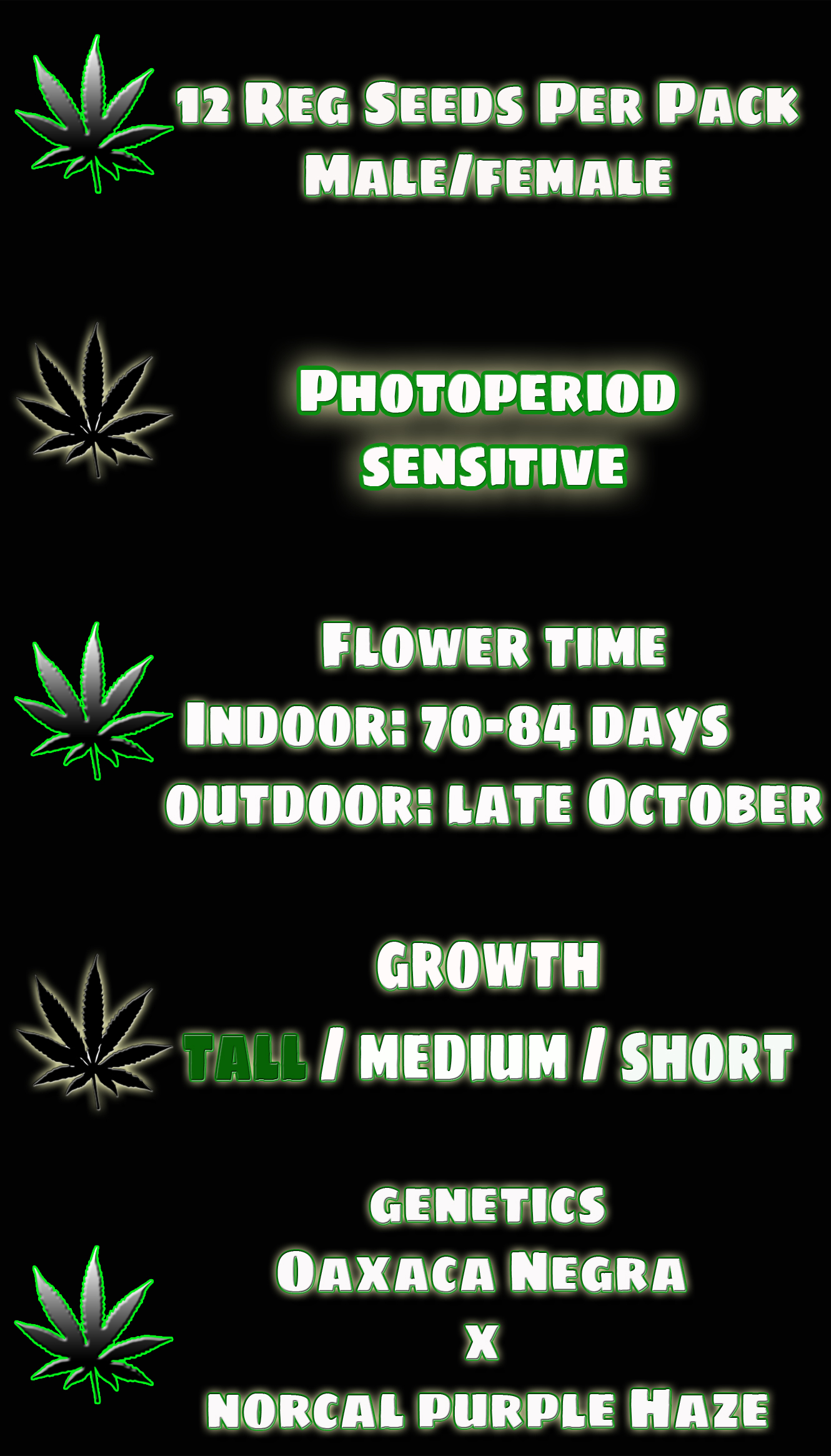Cooking with cannabis has become a popular way to enjoy the plant’s unique flavors and benefits, offering an alternative to traditional smoking or vaping. When infused into foods, cannabis can provide a range of effects depending on the strain used and the preparation method. Whether you’re making sweet treats or savory dishes, understanding the basics of
cannabis products california cooking is essential for creating delicious, effective, and enjoyable edibles.
Decarboxylation: The Key Step Before cannabis can be infused into food, it must first undergo decarboxylation—a process of heating cannabis to activate its psychoactive compounds, mainly tetrahydrocannabinol (THC) and cannabidiol (CBD). This
process converts THCA (non-psychoactive) into THC, the compound responsible for the "high" associated with cannabis. To decarboxylate, grind the cannabis and bake it in an oven-safe dish at around 240°F (115°C) for about 30-40 minutes, stirring occasionally.
Infusing Cannabis into Oils or Butter Once decarboxylated, cannabis can be infused into a fat source, such as butter or oil, which acts as a base for various recipes. Cannabinoids are fat-soluble, meaning they bind well with fats, making butter and oils ideal for absorbing cannabis compounds. Cannabutter: Combine decarboxylated cannabis with butter and simmer it with water on low heat for 2-3 hours. Afterward, strain the mixture through cheesecloth to remove plant material, then refrigerate until solid.
Cannabis Oil: Use the same method with oils like coconut or olive oil, which can be substituted in most recipes. Infusing cannabis into oil allows you to add it to both savory dishes and salad dressings. Dosing and Portion Control One challenge in cooking with cannabis is determining the correct dosage. Start with a small amount, especially if you’re new to edibles, as the effects can be stronger and longer-lasting compared to inhaled cannabis. A general guideline is to use about 5-10 milligrams of THC per serving, but individual tolerance varies, so adjust according to personal experience.
Flavor Pairing with Cannabis Cannabis has a natural herbal flavor profile that can be complemented by various ingredients. For example: Savory dishes: Cannabis pairs well with bold flavors like garlic, rosemary, and citrus.
